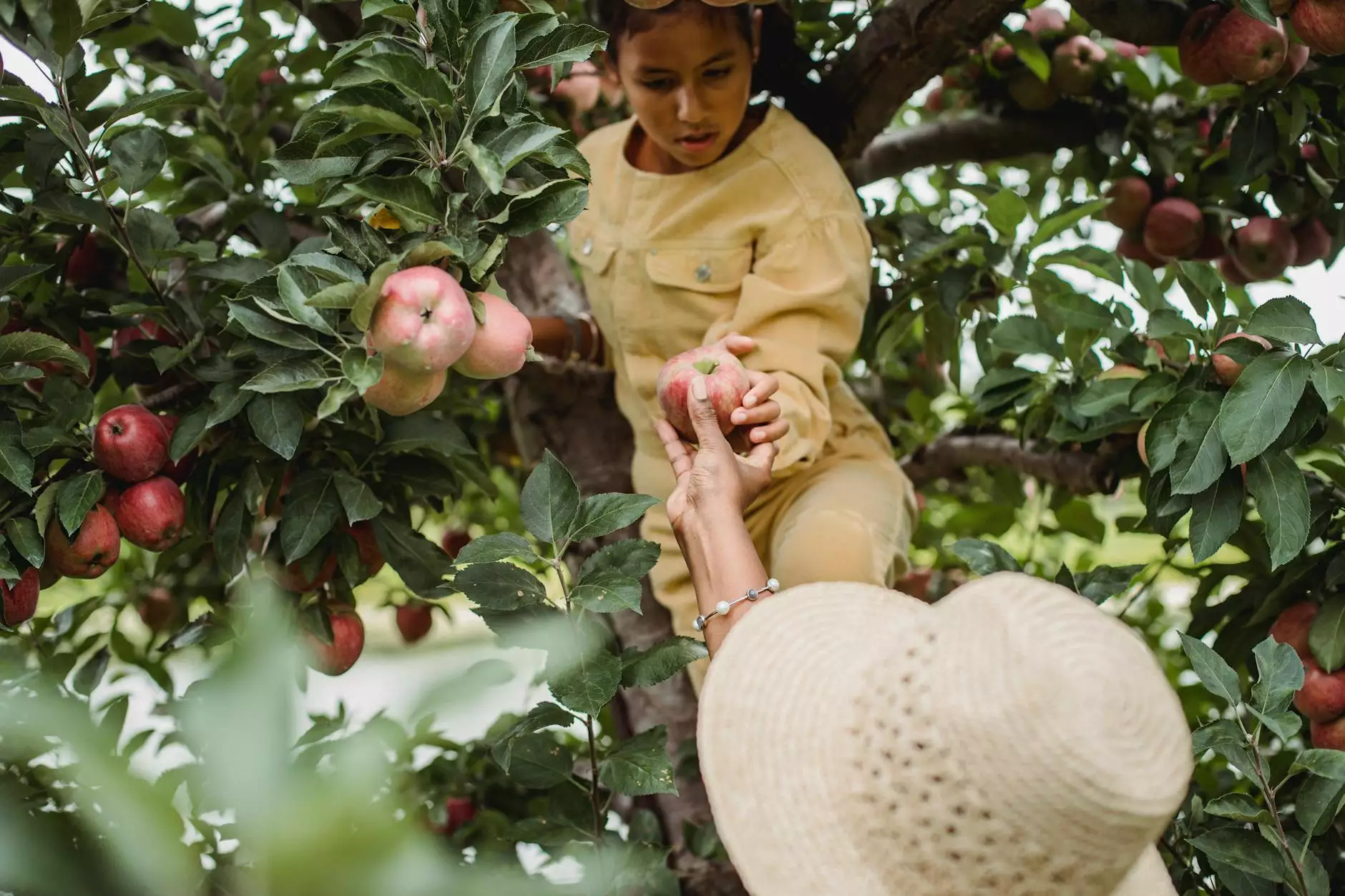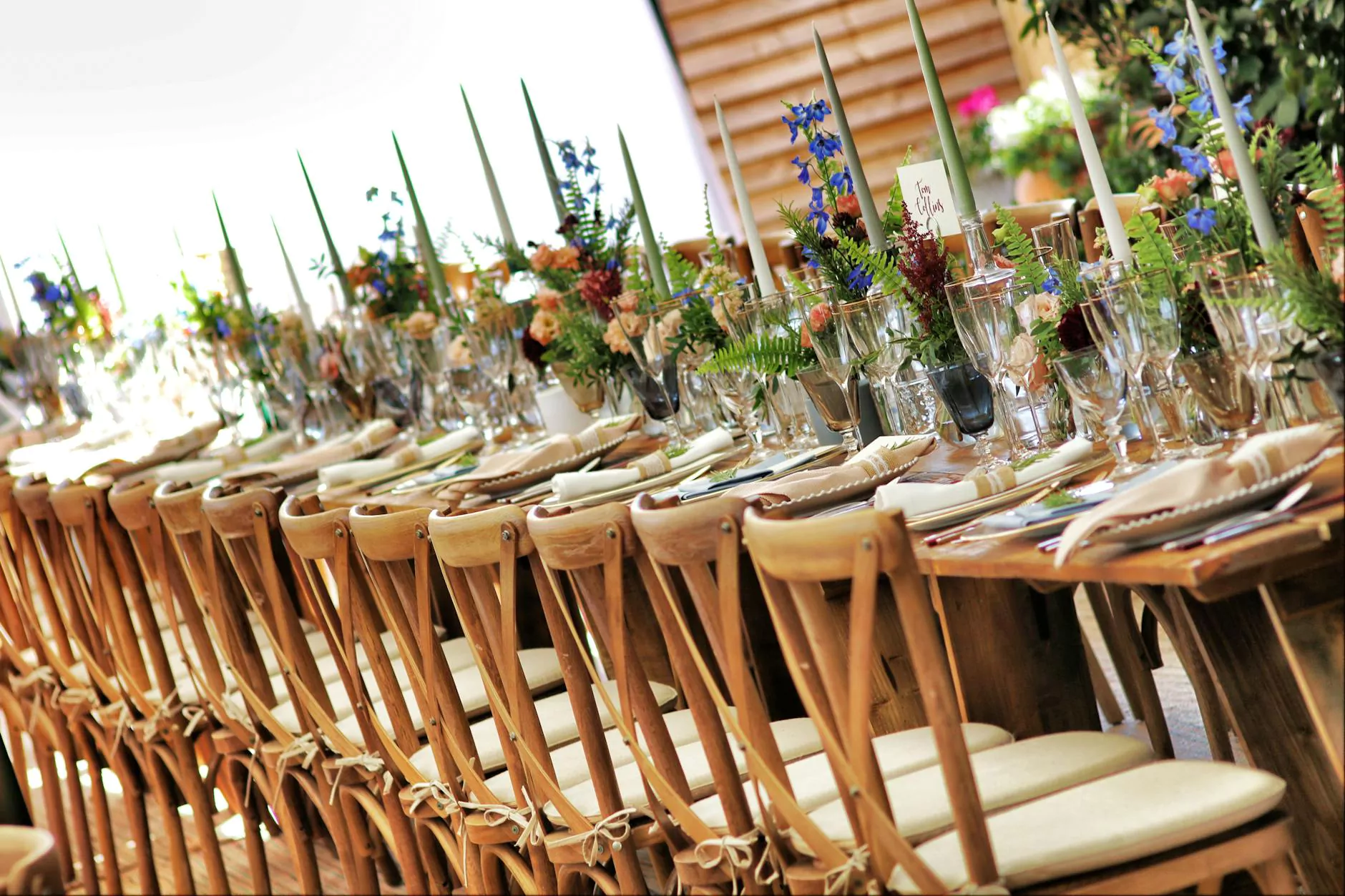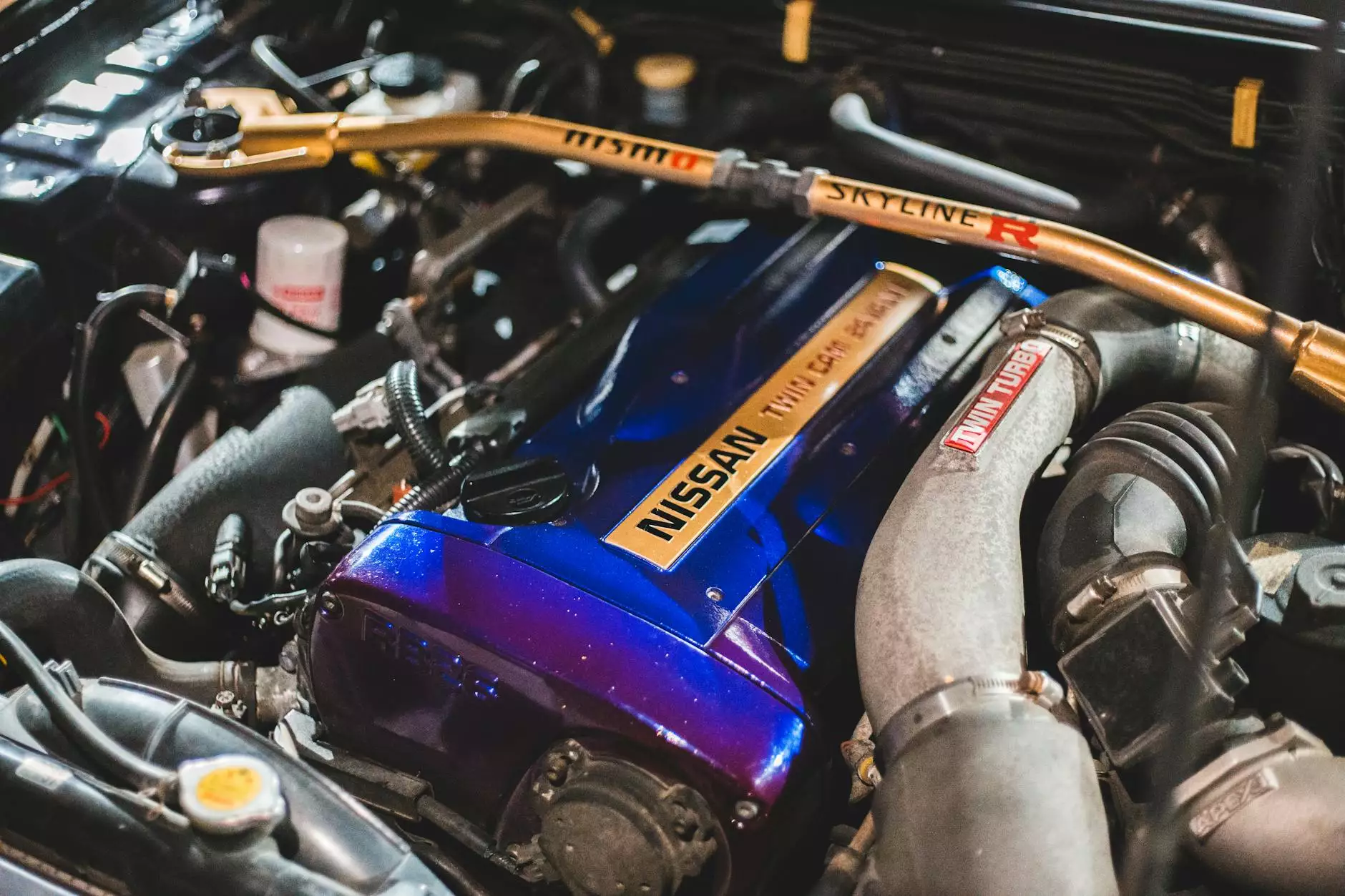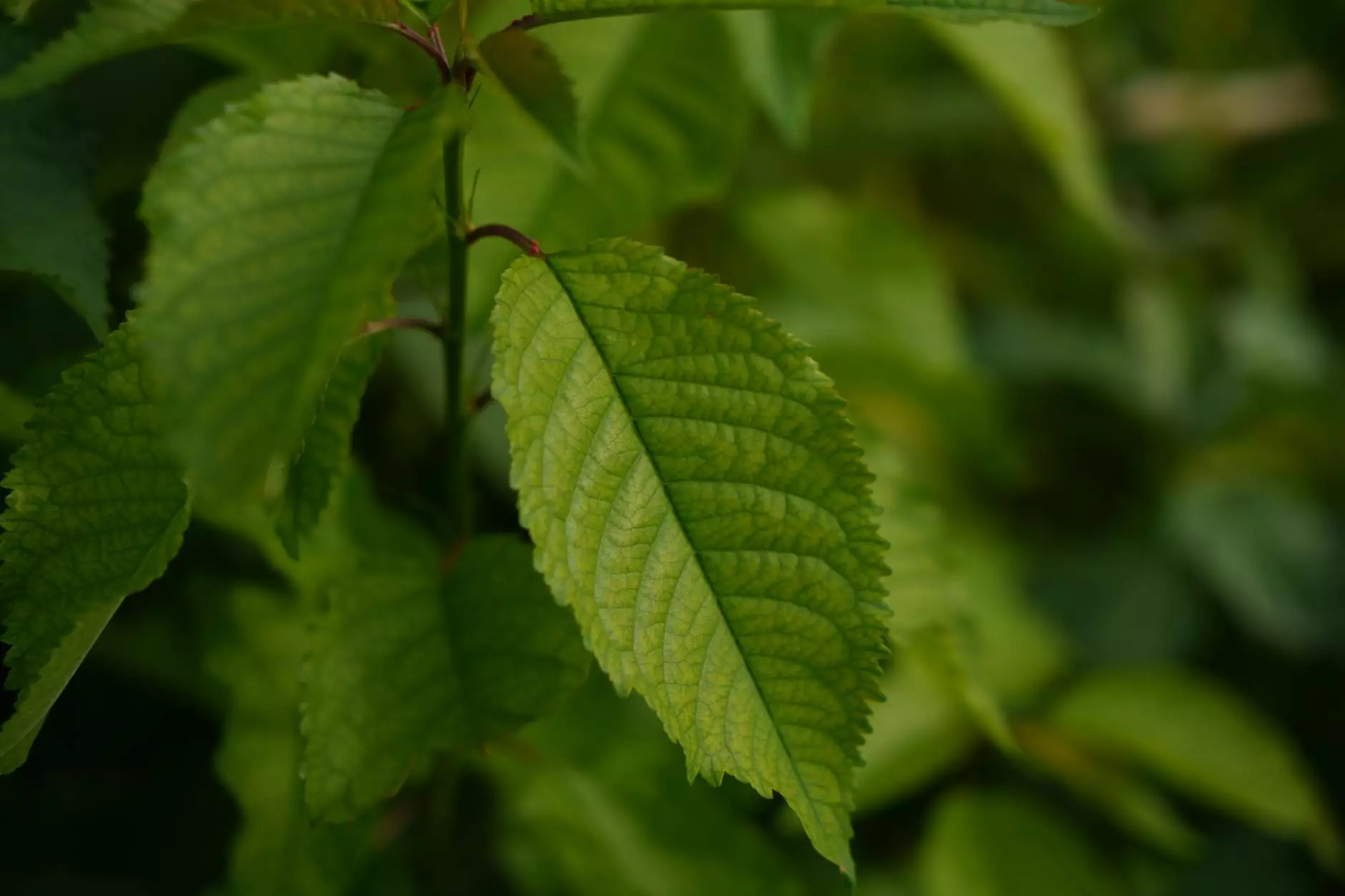DIY Garden Plant Supports | Fix.com

Enhance Your Garden's Aesthetic and Plant Health with DIY Garden Plant Supports
Garden supports play a crucial role in maintaining the health and appearance of your garden. At Screens Unlimited, we believe in providing high-quality, durable, and aesthetically pleasing garden plant supports that not only enhance the beauty of your garden but also provide the necessary structural support for your plants. In this comprehensive guide, we will walk you through the benefits of using garden supports, different types of supports available, and how to build your own DIY garden plant supports.
The Importance of Garden Plant Supports
Whether you are growing vegetables, flowers, or other plants, garden supports offer numerous benefits:
- Vertical support: Garden supports help plants grow vertically, allowing them to make the most efficient use of space and receive optimal sunlight exposure.
- Prevent plant damage: Supports prevent plants from bending, breaking, or falling over due to strong winds, heavy rains, or their weight. This helps maintain the overall health and appearance of your garden.
- Improved air circulation: Properly supported plants enjoy better air circulation, which reduces the risk of fungal diseases and promotes healthy growth.
- Aesthetic appeal: Garden supports add structure and visual interest to your garden, creating an attractive and organized space.
Types of Garden Supports
There are several types of garden supports available, each designed to cater to different plant varieties and growth habits. Here are some commonly used garden supports:
Trellises and Arbors
Trellises and arbors provide vertical support for climbing plants such as cucumbers, tomatoes, and flowering vines. These structures can be decorative and act as focal points in your garden while providing stability and allowing plants to grow and flourish.
Stakes and Cages
Stakes and cages are ideal for supporting individual plants, particularly those with weak stems or heavy fruits, like peppers and tomatoes. Stakes can be made from wood, bamboo, or metal, while cages are typically made from sturdy wire.
Plant Supports
Plant supports like hoop frames, A-frames, and grids are versatile options that can accommodate a variety of plant types. These supports are often used for vegetables such as beans, peas, and climbing flowers. They distribute the weight of the plants evenly and help prevent damage from wind or heavy rain.
Building Your Own DIY Garden Plant Supports
If you're feeling creative and want to add a personal touch to your garden, building your own DIY garden plant supports can be a rewarding experience. Here's a step-by-step guide to help you get started:
Step 1: Determine Your Needs
Assess your garden and the specific requirements of your plants. Consider factors such as the type of plants, their growth habits, and the prevailing weather conditions in your area. This will help you choose the right materials and design for your DIY garden plant supports.
Step 2: Gather Materials
Depending on the type of garden supports you plan to build, gather the necessary materials. This could include wood, PVC pipes, wire, or any other suitable materials available locally or online.
Step 3: Design Your Supports
Create a design plan for your garden supports. Take into account the height, width, spacing, and overall aesthetics of the supports. Ensure they are sturdy enough to withstand weather conditions and provide appropriate support to your plants.
Step 4: Build Your Supports
Following your design plan, start building your DIY garden plant supports. Use appropriate tools and techniques to assemble the supports accurately. Consider reinforcing them with additional bracing or anchoring if needed.
Step 5: Install and Maintain
Once your DIY garden plant supports are ready, install them in your garden according to the specific needs of your plants. Regularly inspect and maintain the supports throughout the growing season to ensure they remain sturdy and effective.
By building your own garden supports, you can achieve a customized look that perfectly suits your garden's style and the needs of your plants. Remember to consider factors such as the height and spacing of the supports to avoid overcrowding and facilitate proper plant growth.
Conclusion
At Screens Unlimited, we understand the importance of garden plant supports in maintaining a healthy and visually appealing garden. By utilizing trellises, stakes, cages, or DIY supports, you can enhance your garden's aesthetic, provide proper structural support to your plants, and maximize their growth potential. Be sure to explore our wide range of garden supports and tools to find the perfect fit for your gardening needs.










